2017: When Disability Entrepreneurs Re-Imagine the Human Experience for Everyone
From 2017.
This article on “Nadia” was published on LinkedIn on 12 June 2017. LinkedIn Article
Many of you will have already seen the video released by Australia’s National Disability Insurance Agency (NDIA) introducing Nadia, the world’s first human realistic cognitive intelligent avatar (digital human) for service delivery. For those of you who haven’t I have included a link to the video. This is something very special for Australia…and the world.
Co-designed with people with disability, the team at the NDIA’s Technology Authority together with the Digital Innovation Reference Group (DIRG) disability entrepreneurs and advocates, creative talent and computer scientists from around the world, have created “Nadia”. Planning is underway for her, like any new employee, to commence her traineeship.
It is less than two years since I first saw Mark Sager’s Baby X with a colleague and realised the potential of combining his avatar technology with Watson IBM’s artificial intelligence engine, to create a true omni-channel capability by which the people with disability, in fact any citizen could access government services without having to use archaic and difficult web sites, forms and frustrating call centres.
The structured channels, call centres, websites and forms are relics from 20 years ago and are not coping. This structured world is a confronting experience for everyone.
My vision is to get rid of government websites and forms – or at least, render these obsolete – by re-introducing conversations that bring about a level playing field.
The delivery of Nadia has not been an “IT” project. I have long advocated my view that there is no such thing as an “IT” project – and labelling innovation efforts as such usually ends in failure.
This has been a triumph of imagination and design led by people with disability.
The creation of Nadia has seen the re-imagination of customer experience made possible through co-design with people with disability, inclusive of people with intellectual disability.
The achievement of an expressive system to achieve a human experience for people with disability, required the meshing of expressive and cognitive systems, the development of a dialogue model, the acceleration of global R&D efforts, all deeply shaped by co-design – not business requirements determined by committee.
This involved the ground-breaking innovative enabling technologies from IBM Watson, Soul Machines and Face Me; the work of the DIRG augmented by specialists in fields as diverse as market research and strategic communications (89DegreesEast) and the psychology faculty at the University of the Sunshine Coast, have worked with my phenomenal team to create Nadia.
It is pretty amazing to think that the face and voice of Nadia have been created by the brilliance and generosity of two Oscar winners in Mark Sagar (New Zealand) and Cate Blanchett (Australia).
What is especially exciting for me though is that Mark and Cate bring to life the interpersonal interactions developed by the DIRG and others in a way that a ‘bot’ never can.
It is this emotional connection supported by artificial intelligence that I believe will elevate our mobile and other devices from tools to companions.
Since Nadia’s introduction there has been unprecedented interest around the world, not just in government but also the commercial sector who understand the massive service and financial benefits a cognitive intelligent omni-channel avatar such as Nadia can bring to their customers and bottom line.
As plans continue for Nadia’s traineeship, it is time for me to explore opportunities outside of the NDIA to deliver this capability to others who need – as one of the DIRG members so eloquently describes it in the video – a level playing field.
Innovation driven by the most marginalised in our community and disability entrepreneurs who have had to navigate the world differently – will bring about a level playing field for all.
This is a remarkable public purpose – the triumph of imagination led by people with disability.

